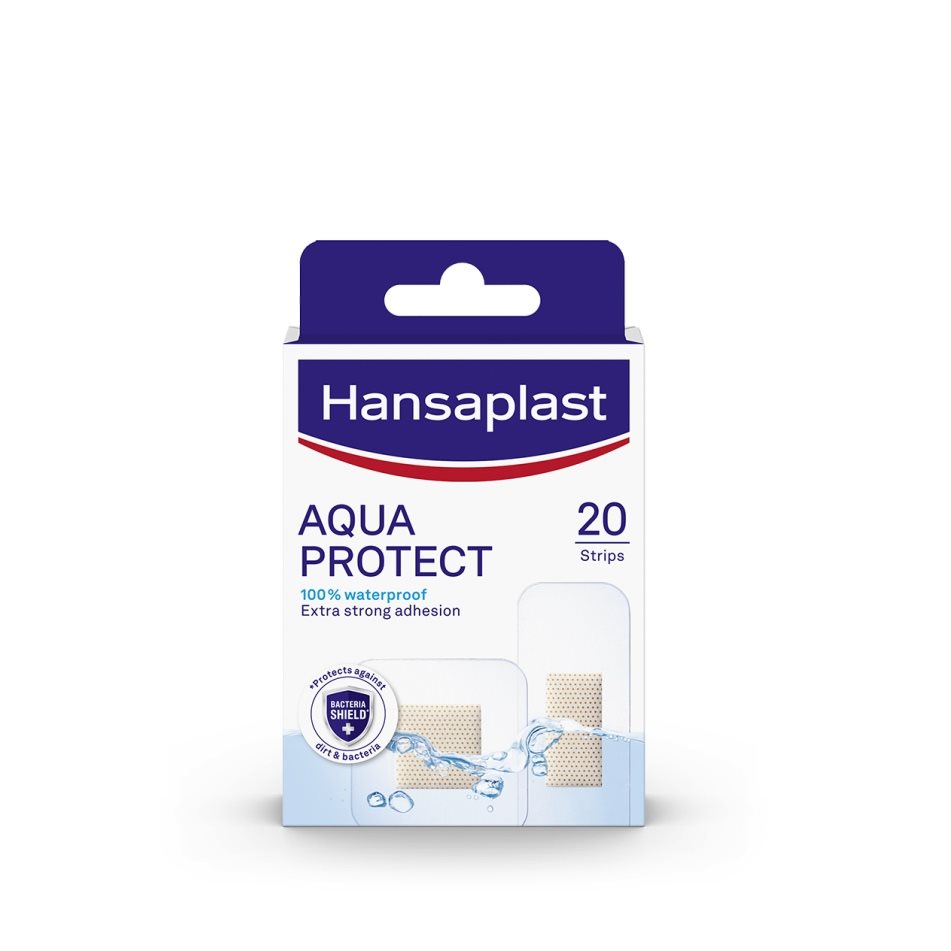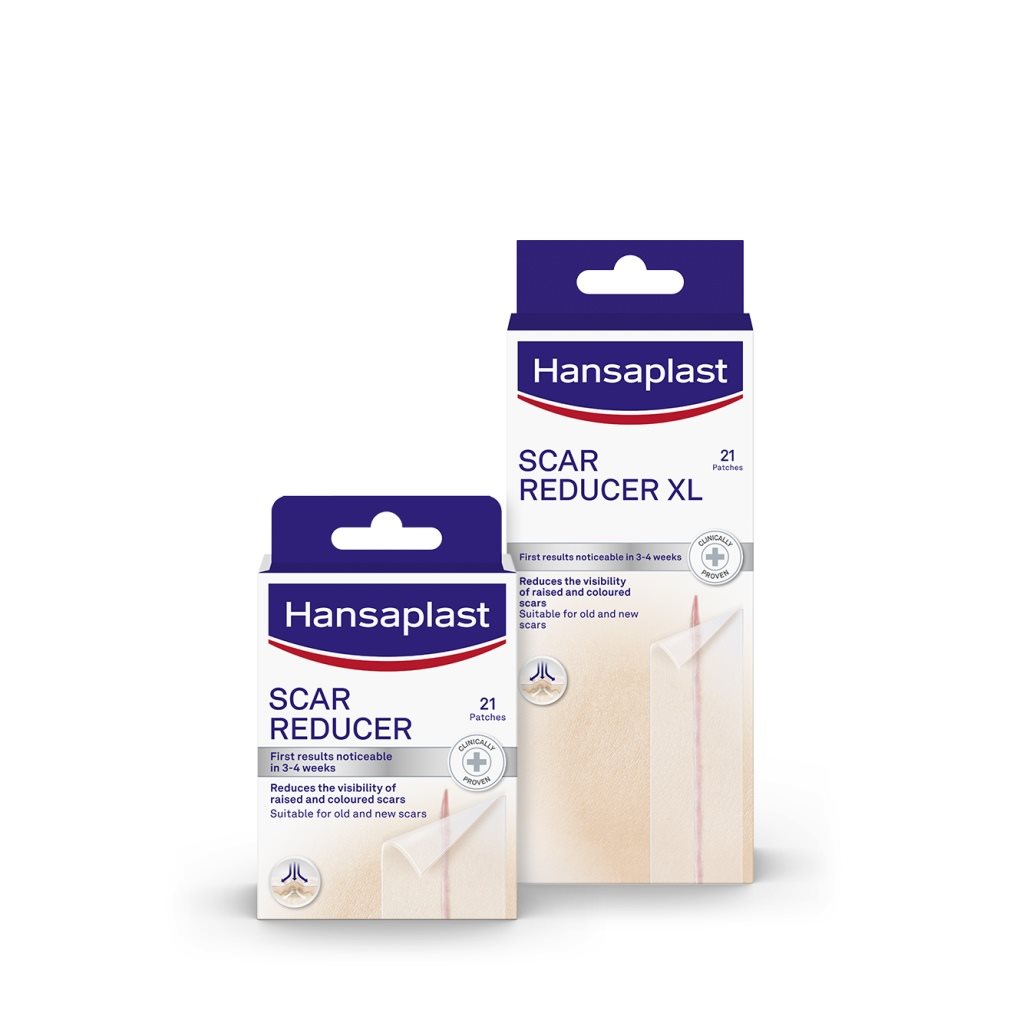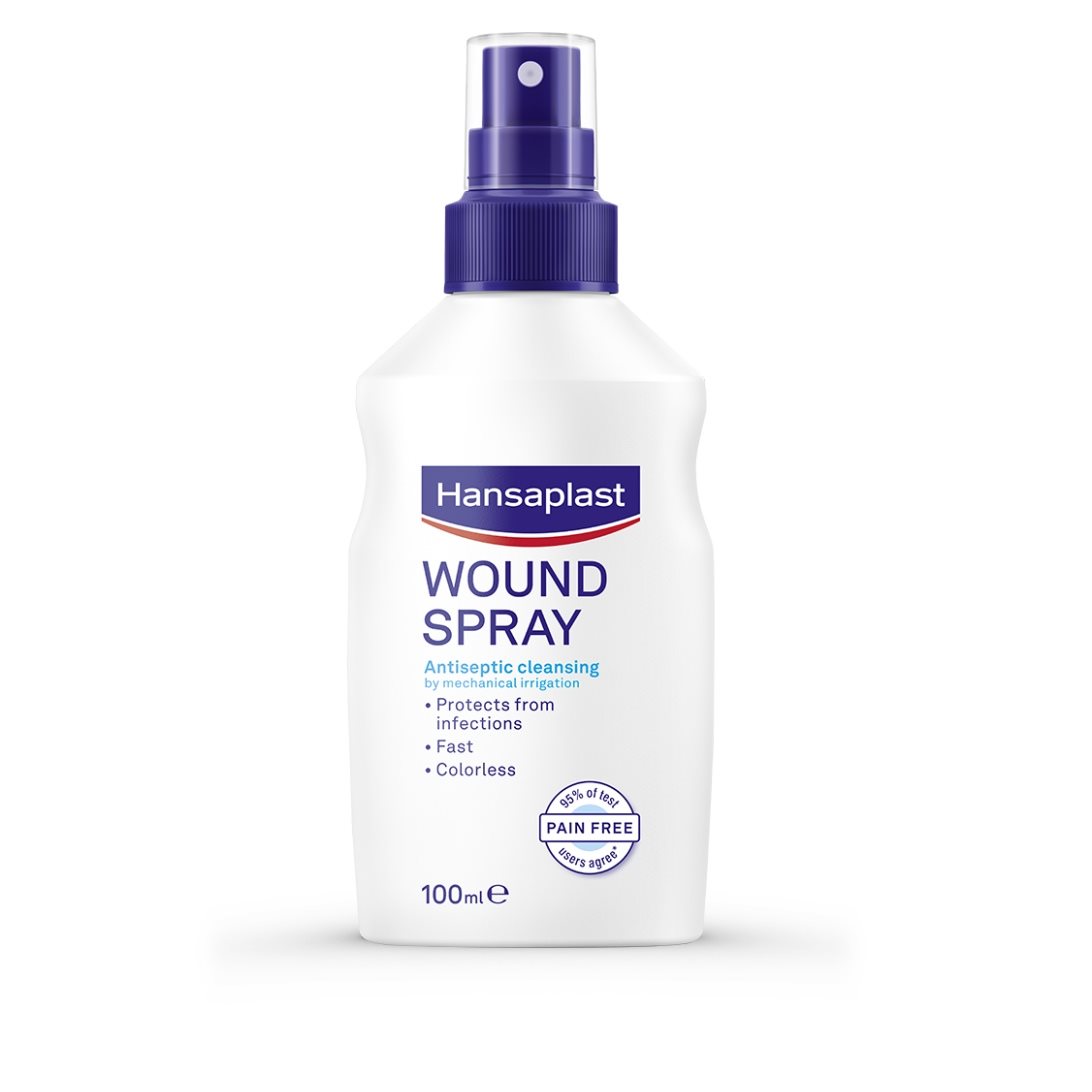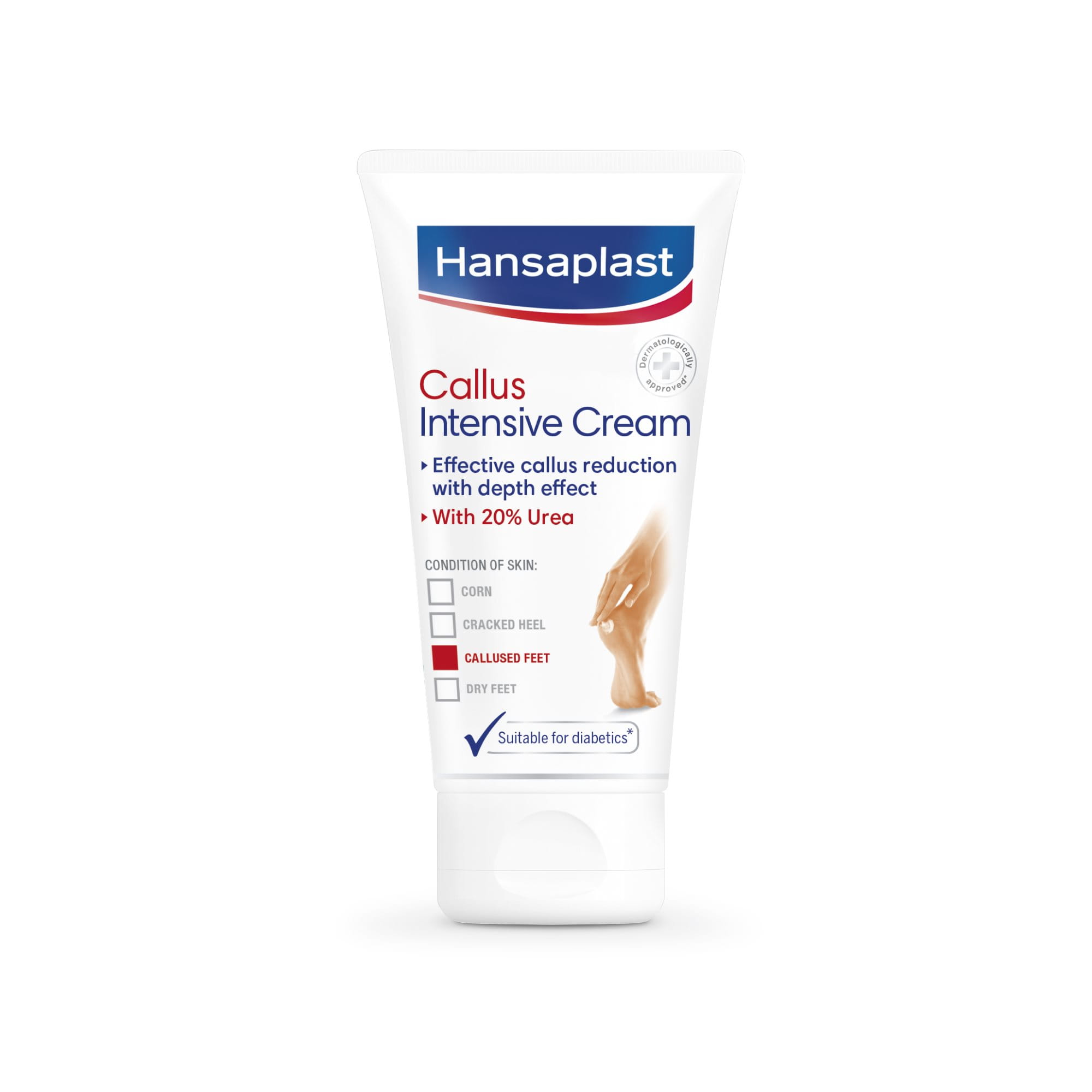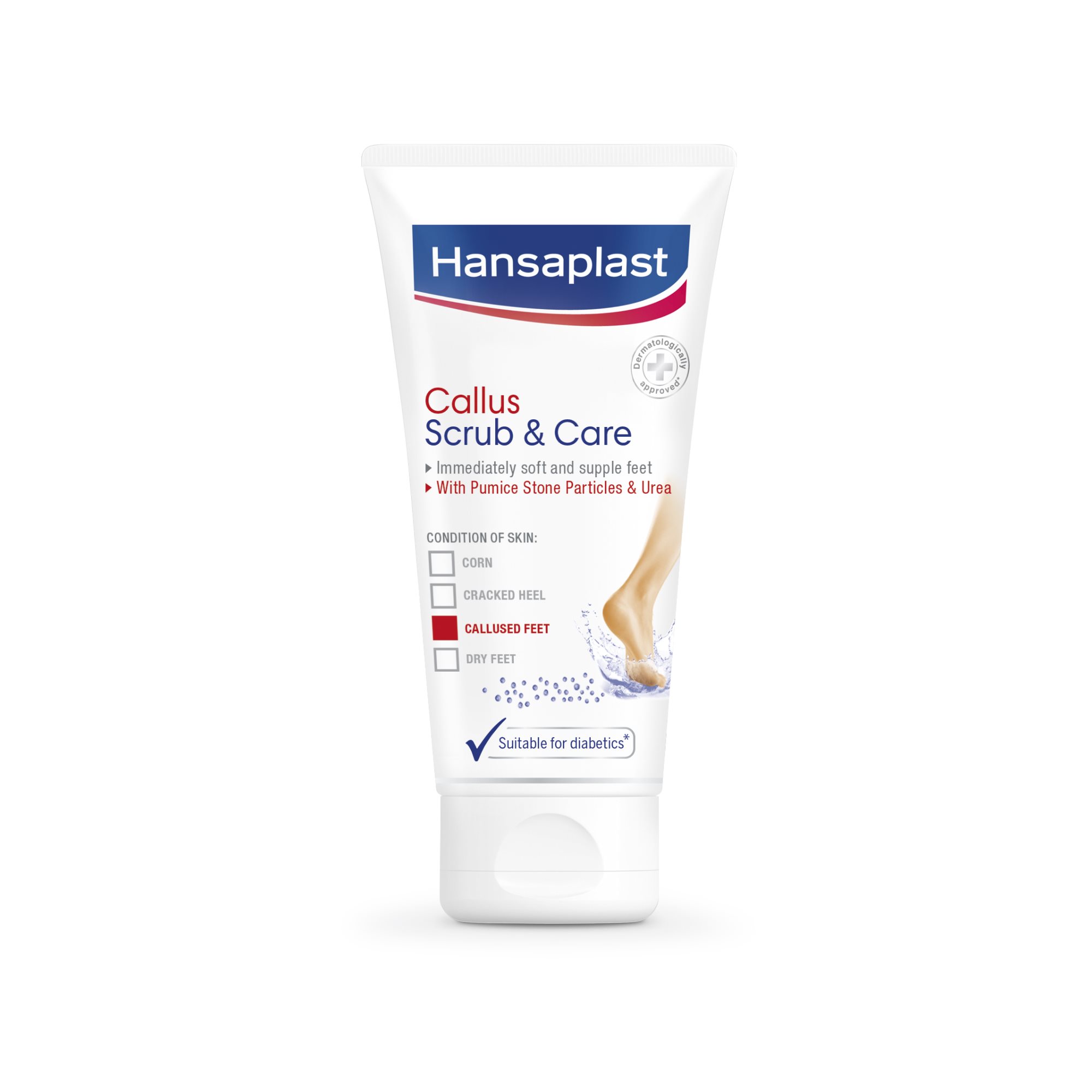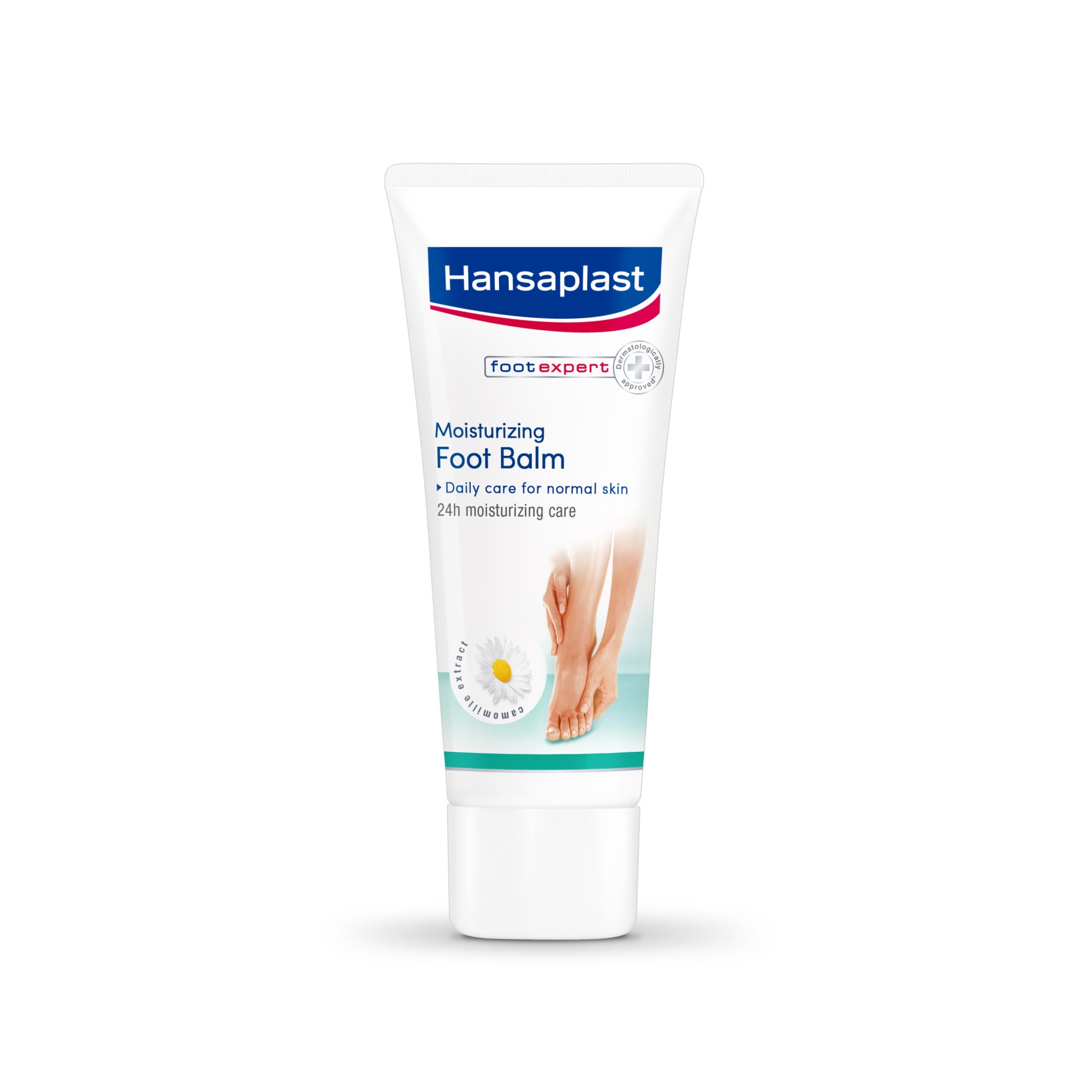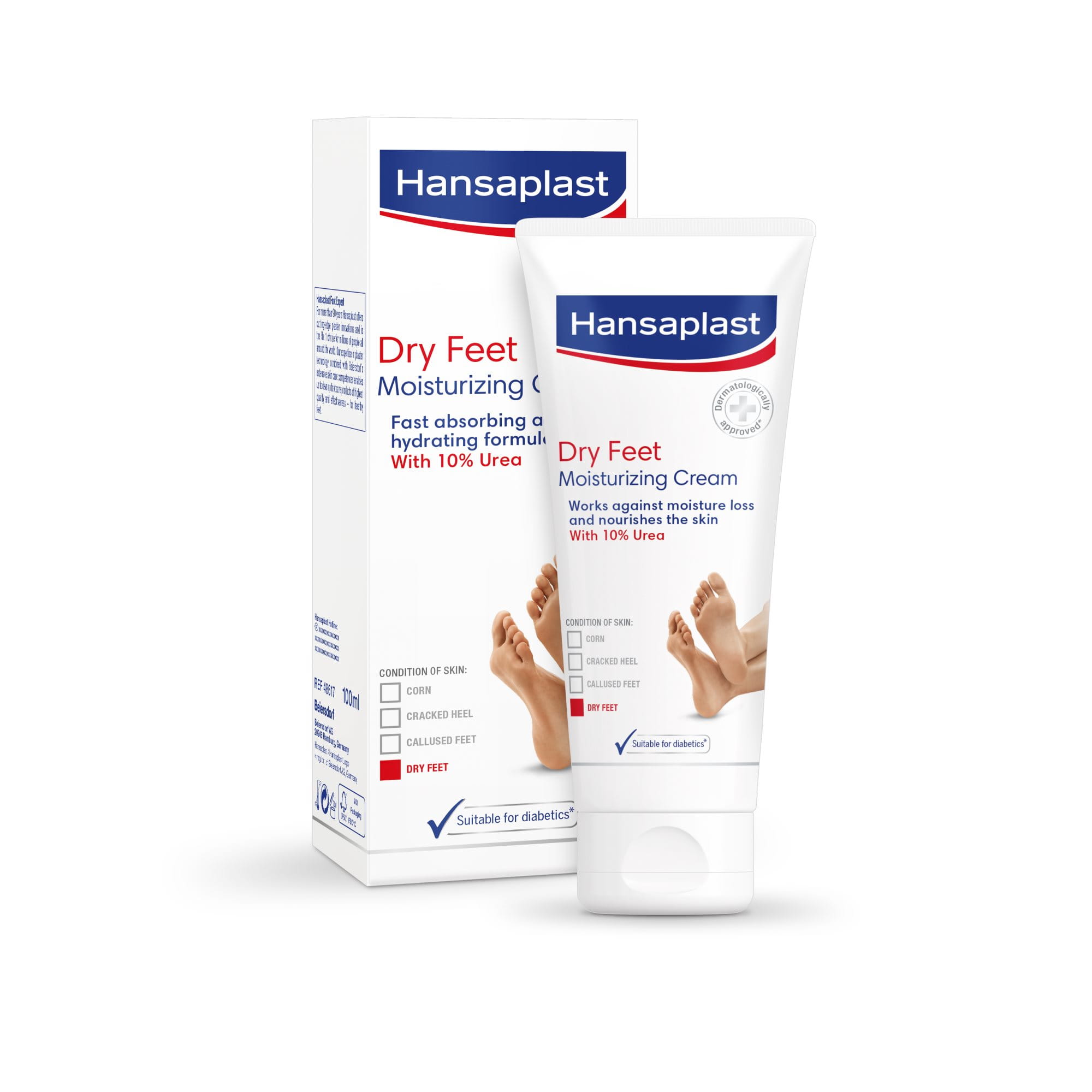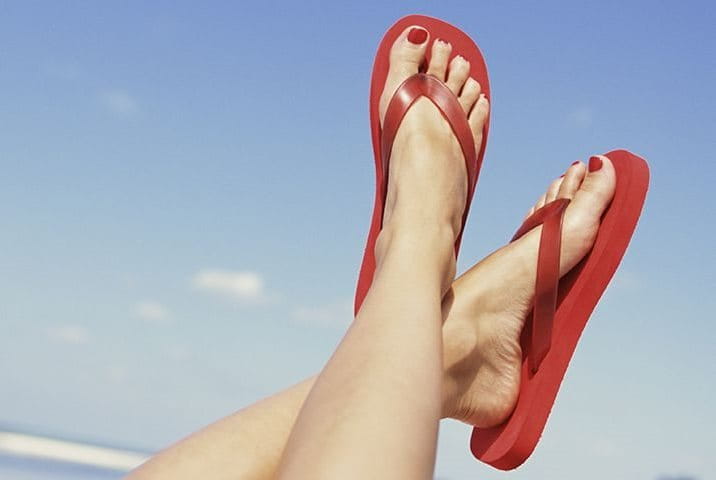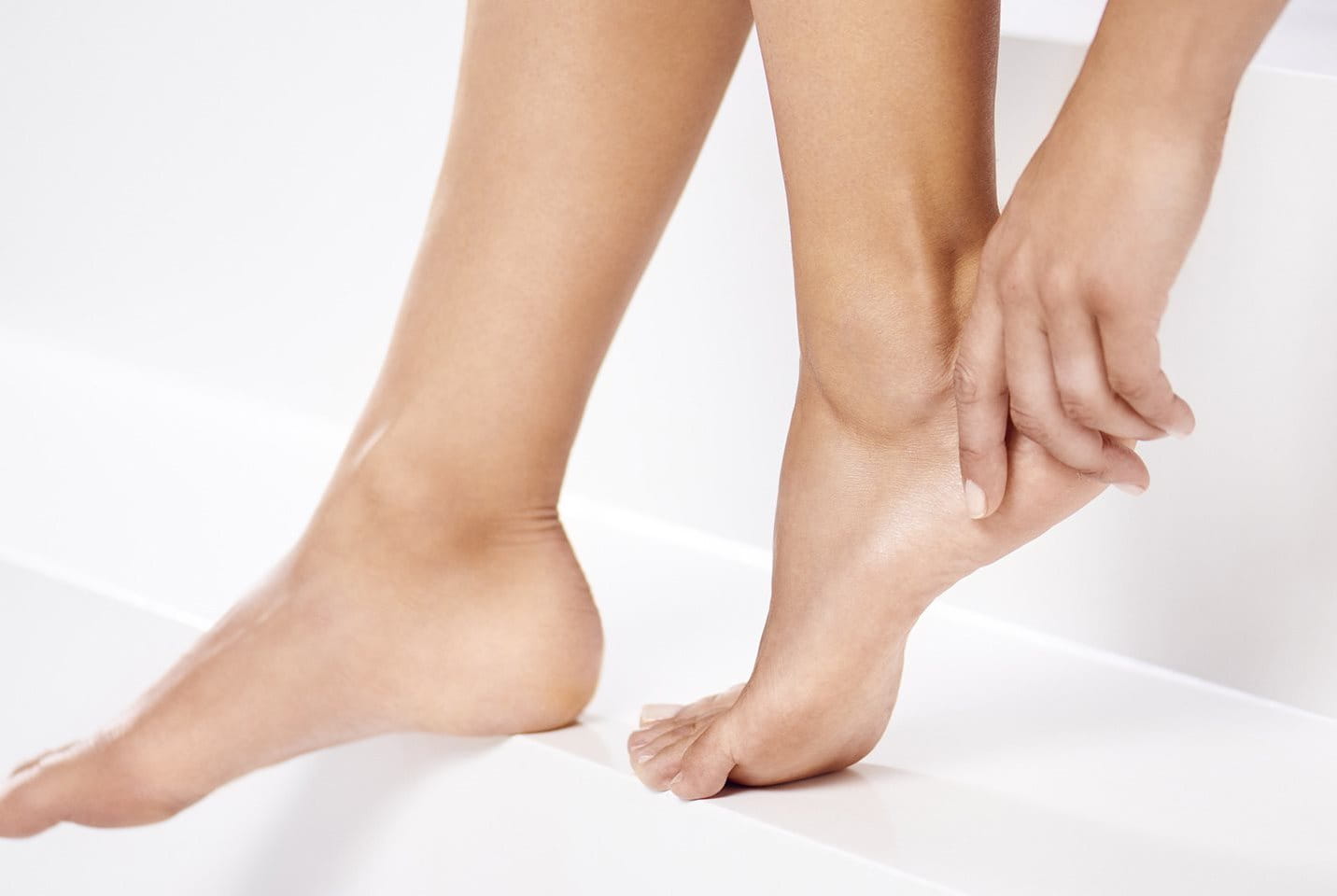Cracked Heel Ointment
Product Info
Cracked Heel Ointment
Clinically proven as a highly effective aid for cracked feet, Hansplast Cracked Heel Ointment provides effective regeneration of painful fissures. The soothing formula with panthenol and bisabolol activates the natural skin regeneration process and makes skin smooth and healthy. It also creates a protective barrier that keeps the skin’s own moisture from evaporating, which creates ideal healing conditions. Cracked Heel Ointment is free from fragrances and preservatives and is hypoallergenic.
This product is suitable for diabetics.


Dermatologically Approved
Based on clinical studies, this product is confirmed to be skin-compatible.
Clinical Studies
Improved skin conditions
Hansaplast Cracked Heel Ointment has been tested in dermatological studies to confirm its ability to improve skin conditions, its efficacy and its local tolerability. This product is an effective and safe option in the treatment of very dry and calloused foot skin.

The test also confirmed that the formula:
- significantly decreases dryness, callus, scaling fissures and cracks
- significantly improves skin hydration
- significantly improved skin hydration after just one week (as perceived by study participants)
- remained tolerable to the skin throughout the study
*Dermatological in-use study 1: 32 female subjects with very dry, cracked foot skin and heels. / Dermatological in-use study 2: 33 female subjects with very dry, cracked foot skin and heels, including 17 (51.5%) diabetics.
Ingredients
Paraffinum Liquidum, Cera Microcristallina, Ceresin, Lanolin Alcohol, Panthenol, Bisabolol, Glycerin
How To Use
Application
Apply a small quantity every morning and evening on the affected dry parts
of your clean skin.
Extra tipps: Apply it directly before going to bed and you will wake up with
smooth and soft skin.
Do not use on open wounds or bleeding cracks or on cracks showing signs
of infection. Walking barefoot with gel below your feet can lead to slipping.
Packaging Size
Product Content
| Product | Type | Quantity | |||
|---|---|---|---|---|---|
| Product : |
Cracked Heel Ointment |
Type: |
|
Quantity: |
40 ml |
Frequently Asked Questions (4)
-
1. What are cracks and how do they develop?
Cracked heels are a common foot problem and are commonly caused by very dry and calloused skin especially as skin’s own elasticity decreases (usually with age). They are often referred to as heel fissures. At first this may be nothing but a nuisance and a cosmetic problem, but when the fissures or cracks become too deep, which can happen if foot care is neglected, they can even become painful to stand on. -
2. When and how do I apply Hansaplast Cracked Heel Ointment?
Hansaplast Cracked Heel Ointment is an on-the-spot aid and actively repairs even severely dry and cracked skin. It moisturises and soothes with immediate effect and activates the natural skin regeneration to restore smooth and healthy skin without leaving a burning effect on the skin.
Apply a small amount to the affected skin twice a day. Hansaplast Cracked Heel Ointment can also be used for hands but should not be applied on open wounds and bloody or infected cracks. -
3. How does Hansaplast Cracked Heel Ointment work?
The Hansaplast Cracked Heel Ointment is a clinically proven highly effective on-the-spot aid for cracked feet. The soothing formula with panthenol and bisabolol activates the natural skin regeneration process and restores smooth and healthy skin. Its protective barrier, which keeps the skin’s own moisture from evaporating, creates an ideal healing environment. -
4. What can I do to prevent my heels from cracking?
Try investigating the cause of the problem, whether it’s neglected care, seasonal (cracked heels can occur more often in the summer when we tend to walk barefoot on rough tiles or surfaces) or another factor.
The main thing to do is to constantly work on removing the hard, thick skin on your heels. This is important, as the cracks won’t heal if the excess of calloused skin is not removed. Applying a moisturising cream with urea twice daily is vital to get on top of this problem.
Check your shoes and your way of walking in order to see whether they contribute to the problem. Consult your podiatrist or doctor to find out if insoles might be a good idea to alter the way you walk to prevent the thick skin from developing.
